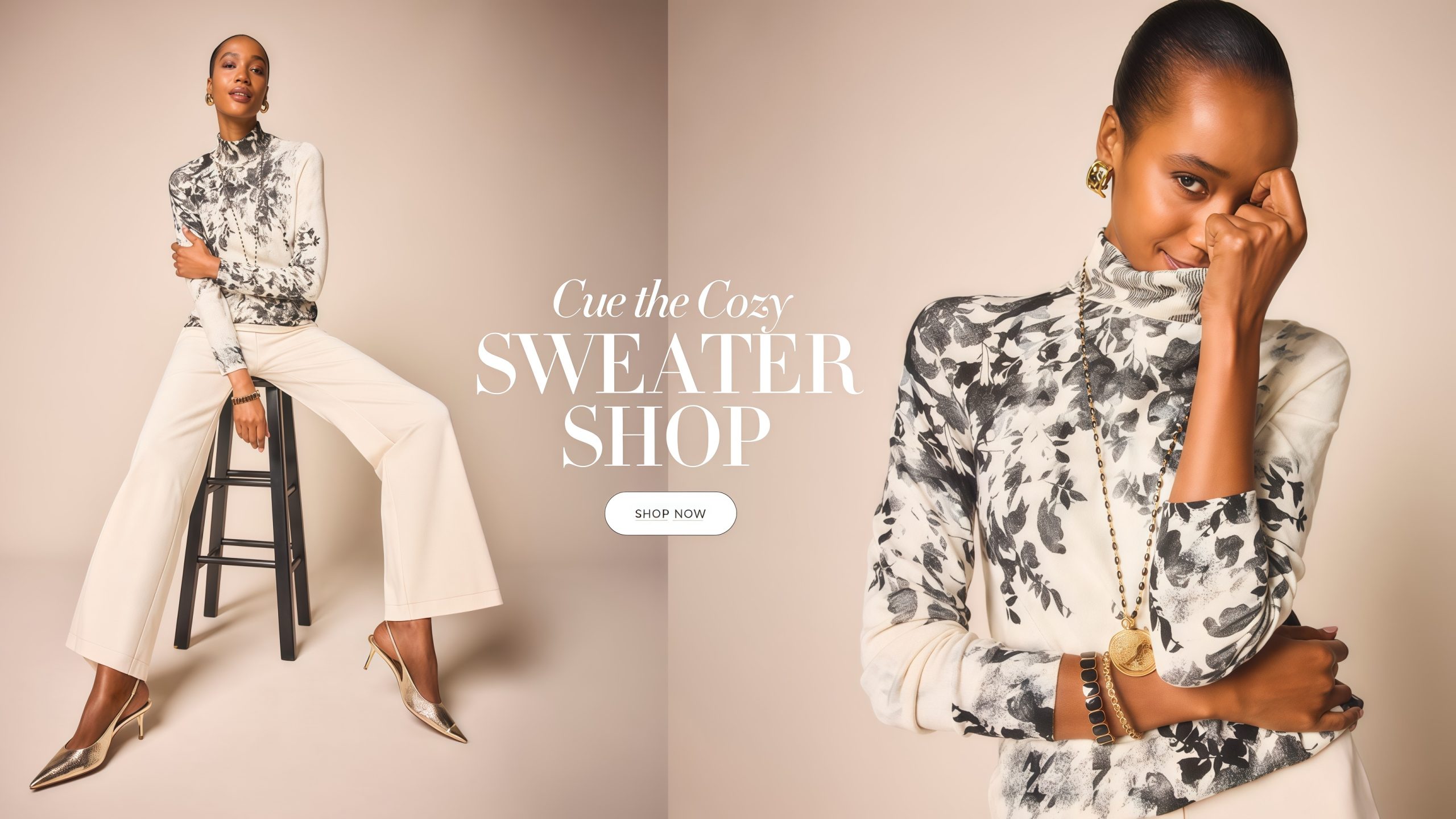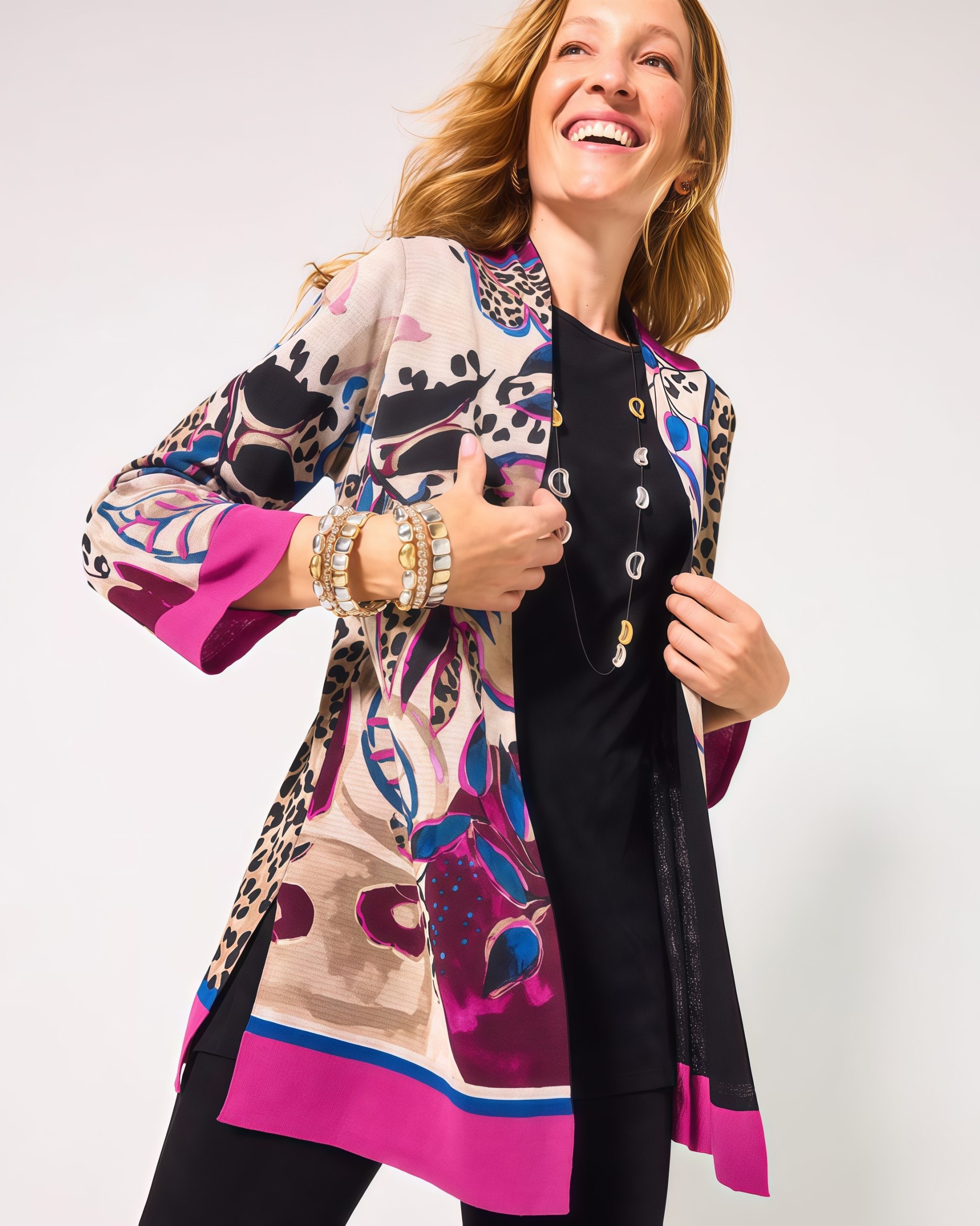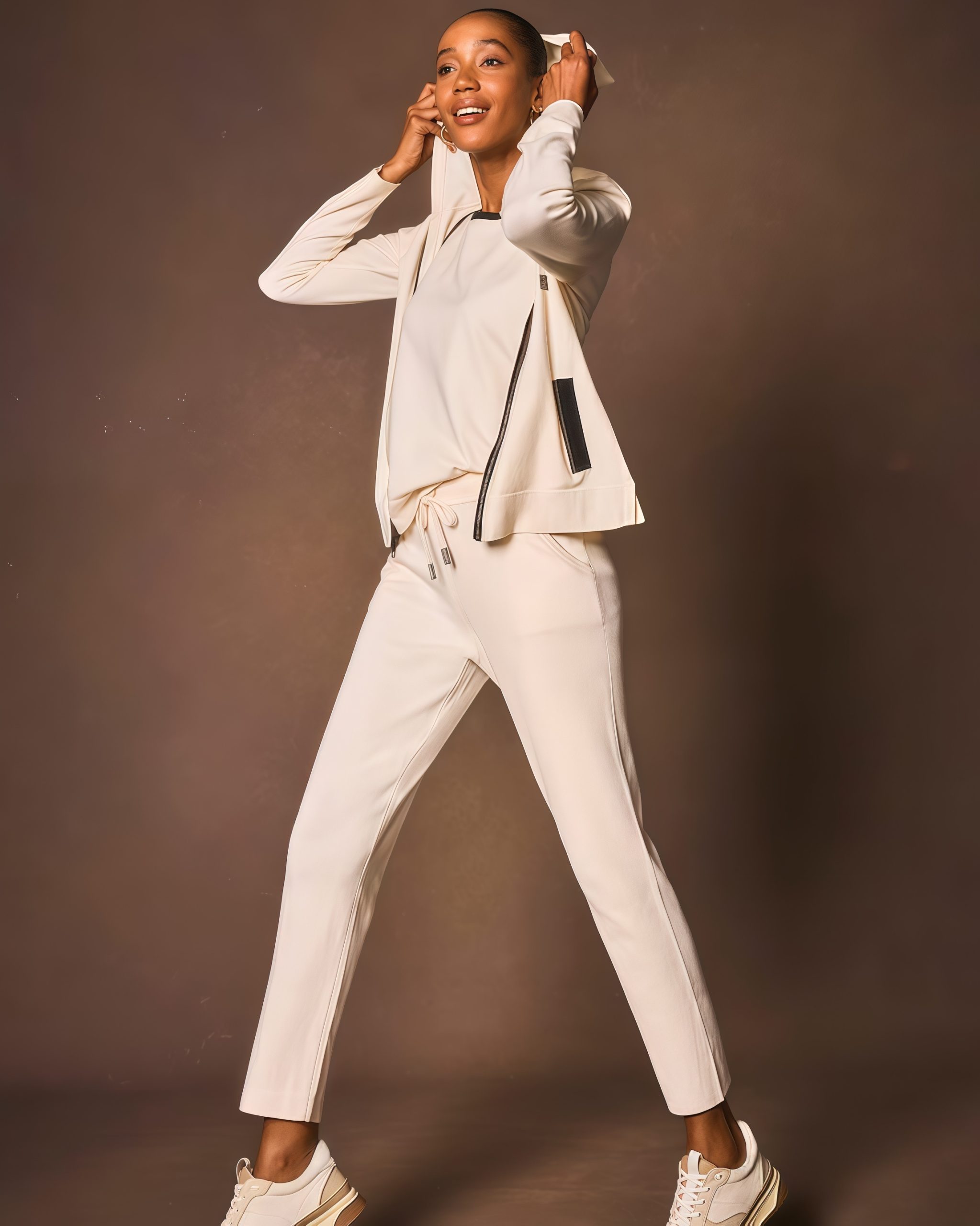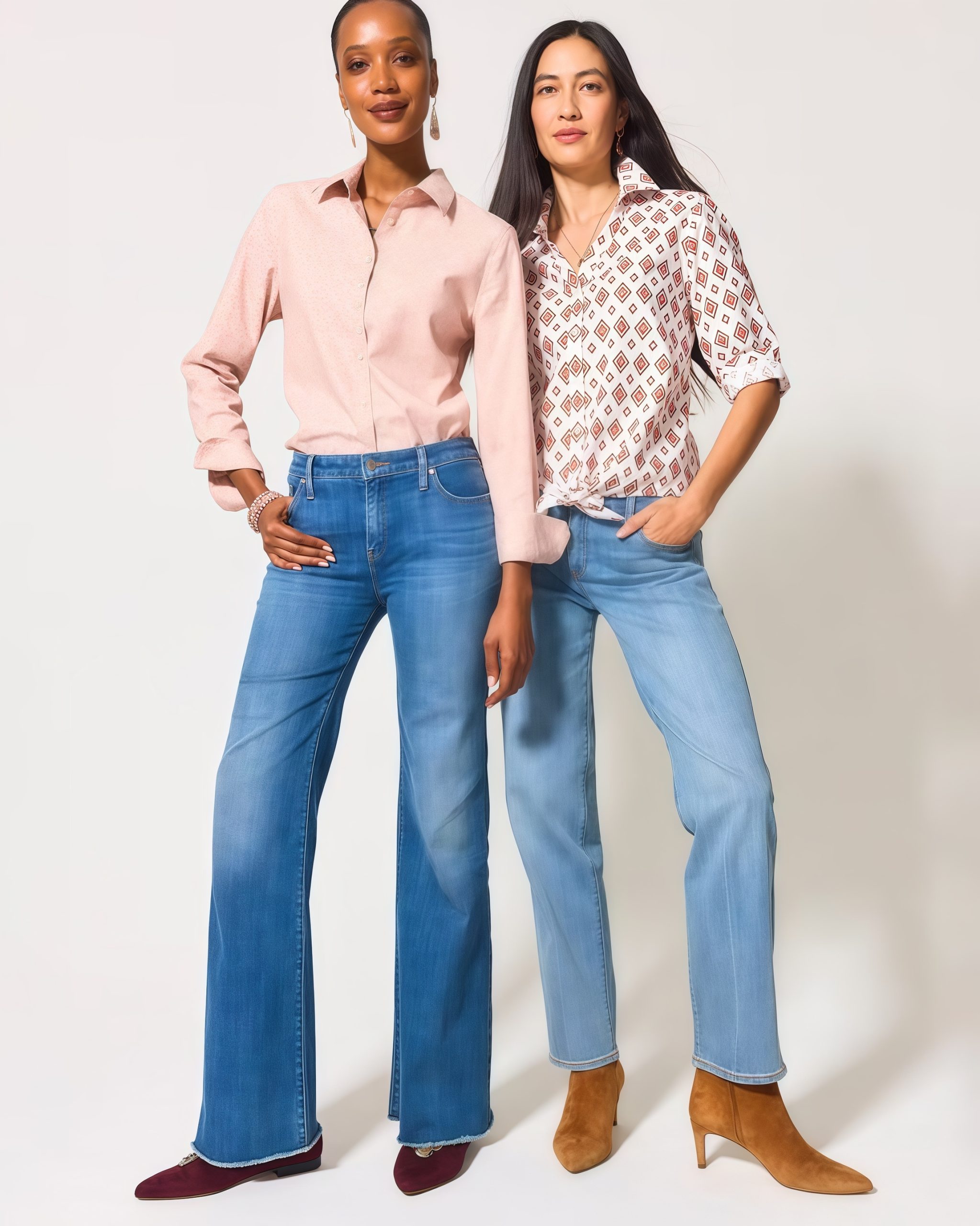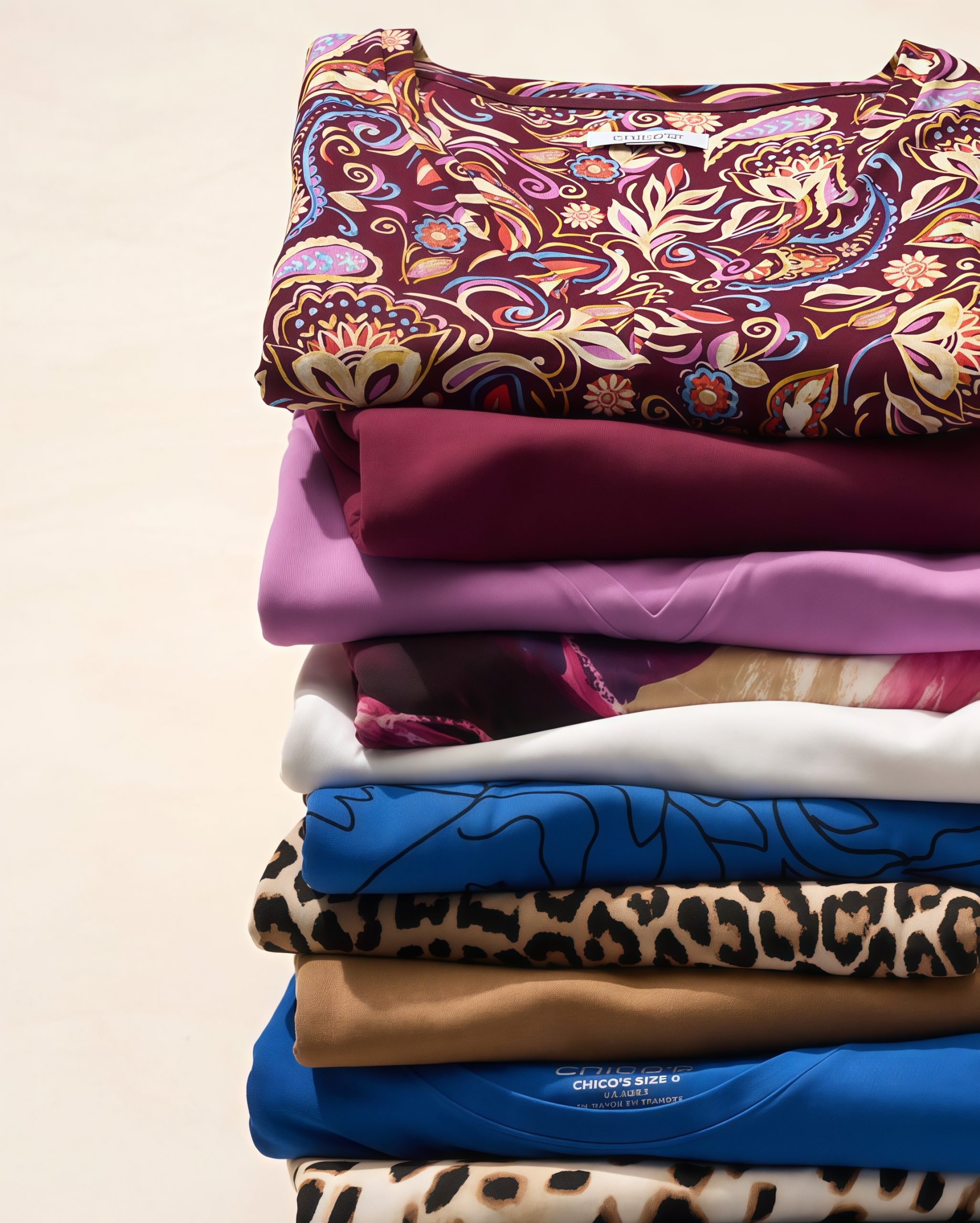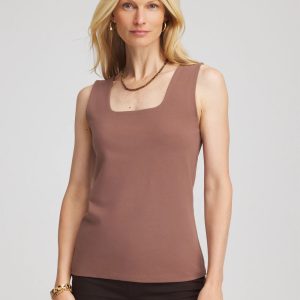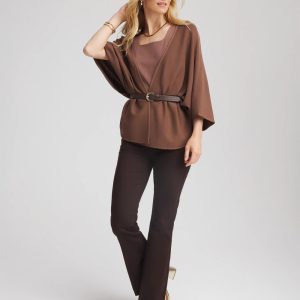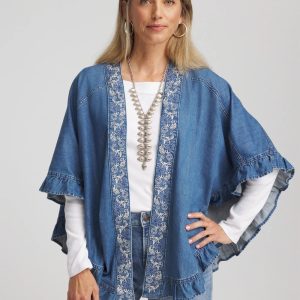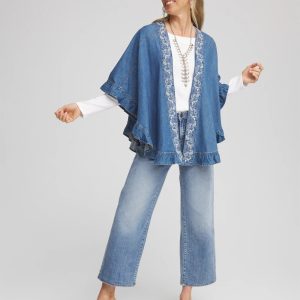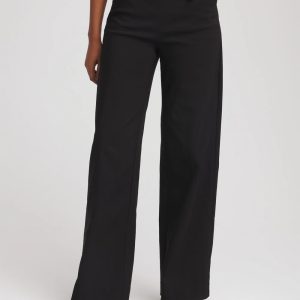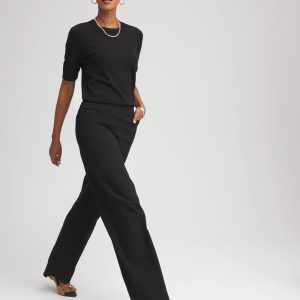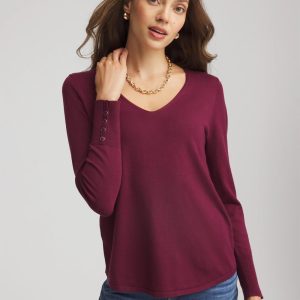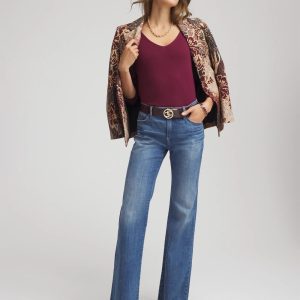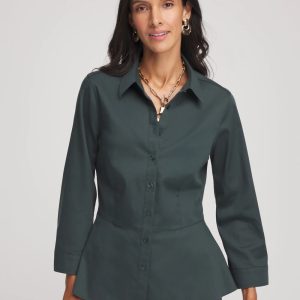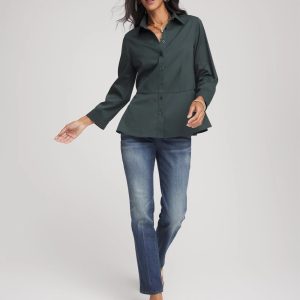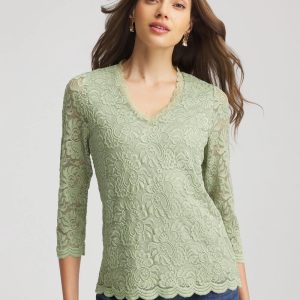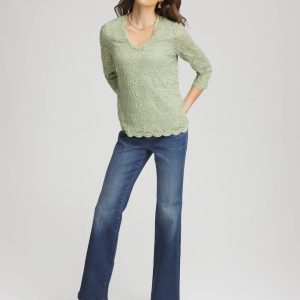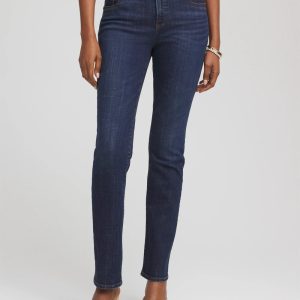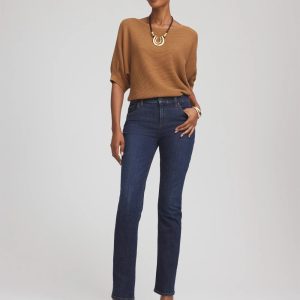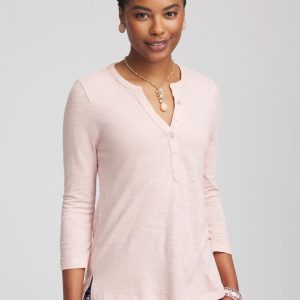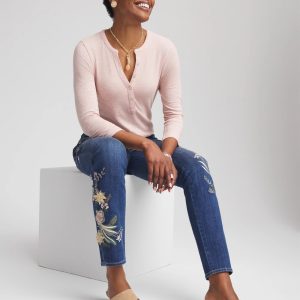BEST SELLERS
The Art of the Ensemble – Crafting Personal Narrative Through Women’s Wear
Introduction
In the vast lexicon of human communication, women’s wear holds a unique and eloquent place. It functions as an intricate art form, allowing the wearer to curate a personal narrative, a visual story told not in ink, but in cloth, texture, and color. The process of assembling an outfit—the “ensemble”—is an act of creation, demanding an eye for detail and an understanding of how distinct elements harmonize to convey a singular message. To explore this facet of women’s fashion is to appreciate its deep artistry, its communicative power, and its capacity to elevate the mundane into a moment of intentional beauty.
The Language of Layers: Texture and Silhouette
The artistry of an ensemble often resides in the manipulation of texture and the mastery of silhouette. A woman’s outfit rarely exists in a vacuum; it is a composition of layers—both visible and implied—that build a sense of depth and complexity. Consider the tactile experience of combining the ruggedness of a knit with the sheen of silk, or the rigidity of structured tailoring against the fluid drape of a soft crepe. These textural contrasts create visual interest and evoke different emotional responses: comfort, strength, delicacy, or drama.
Furthermore, the silhouette—the external shape or line of the ensemble—is perhaps the most potent visual cue. Whether it’s the clean, powerful lines of a modern suit, the romantic sweep of an A-line skirt, or the relaxed ease of an oversized tunic, the chosen silhouette dictates the perceived energy and formality of the look. Fashion continually cycles through different forms, but the foundational principle remains: the silhouette is the canvas upon which the smaller details of color and accessory are painted. A successful ensemble is one where these elements—texture, color, and line—work in concert, creating a cohesive and compelling visual statement.
The Role of Accessories: Punctuation and Personalization
If the clothing provides the core narrative, accessories serve as the crucial punctuation and personalized footnotes. They are the details that elevate a simple outfit into a memorable ensemble, often providing the most immediate insight into the wearer’s personality and taste. A bold piece of jewelry can communicate confidence, a meticulously selected belt can provide structure and focus, and a unique handbag can inject an element of whimsy or sophistication.
The strategic use of accessories transforms a universally accessible garment into a profoundly personal statement. For instance, a classic, unadorned dress can be entirely recast based on the accompanying elements: paired with minimalist metallic pieces, it speaks of sleek modernity; with vintage textiles and handcrafted items, it conveys an appreciation for history and unique craftsmanship. Accessories are the great democratizers of fashion, allowing women to continually reinvent their core wardrobe and express their evolving identities without entirely overhauling their closet. This focused attention on detail is where true personal style is refined and articulated.
The Influence of Context and Setting
A key element in the art of the ensemble is the astute understanding of context. The narrative woven by a woman’s clothing must resonate with the environment in which it is displayed. Dressing for an event, a profession, or a place is not simply about adhering to a dress code; it is about choosing an ensemble that feels appropriate and respectful of the setting, while still maintaining personal authenticity.
The challenge and the triumph of the accomplished dresser lie in navigating these contextual boundaries—blending personal style with situational expectation. This sensitivity to setting ensures that the chosen outfit enhances, rather than distracts from, the wearer’s presence and purpose. It is a nuanced skill that involves balancing visibility with blending in, and making a statement without overpowering the room. In this way, women’s wear becomes an exercise in social intelligence, a subtle acknowledgment of the environment that surrounds them.
Crafting a Sustainable and Meaningful Wardrobe
The contemporary conversation around women’s wear is increasingly centered on conscious creation—the shift from fast consumption to a more meaningful, deliberate approach to dressing. Building a wardrobe is now viewed less as an endless accumulation of new pieces and more as the curation of a personal collection—a thoughtful assembly of durable, versatile items that possess intrinsic value.
This shift emphasizes quality over quantity, encouraging the wearer to choose garments that are well-made and that she genuinely loves. The ‘capsule wardrobe’ concept, for instance, champions versatility, where a small selection of foundational pieces can be mixed and matched with accessories to create a multitude of different ensembles. This conscious approach not only champions sustainability but also sharpens the wearer’s stylistic focus, forcing a deeper understanding of what truly defines her personal aesthetic. When every piece in the closet is cherished and intentionally chosen, the daily act of dressing transforms from a routine task into a satisfying, creative endeavor.
Conclusion
The art of the ensemble is a powerful daily ritual. It is the sophisticated practice of weaving together fabric, form, and feeling to craft a potent visual story. From the foundational silhouette to the smallest, most personal accessory, every decision contributes to a narrative that is both an expression of self and a dialogue with the world. Women’s wear, in its highest form, is a dynamic and expressive medium—a tangible reminder that style is not just about following a trend, but about consciously and artistically defining one’s place in the present moment. It is the exquisite performance of identity, played out in the textures and shades of everyday life.





